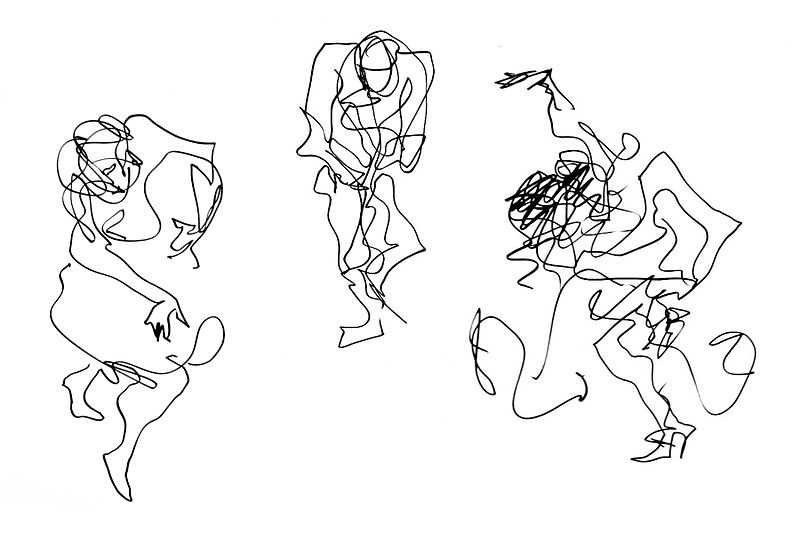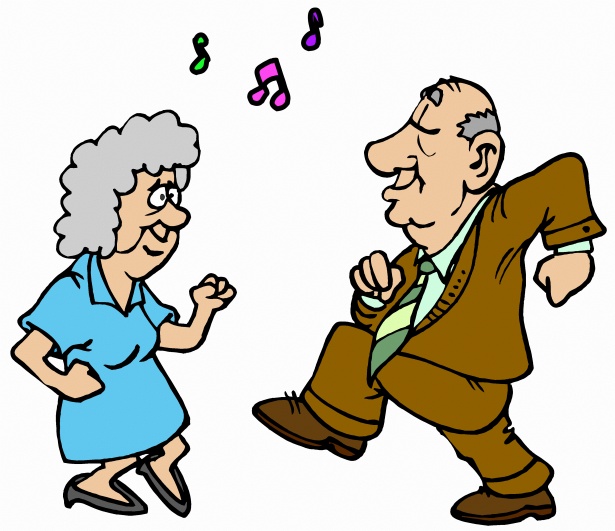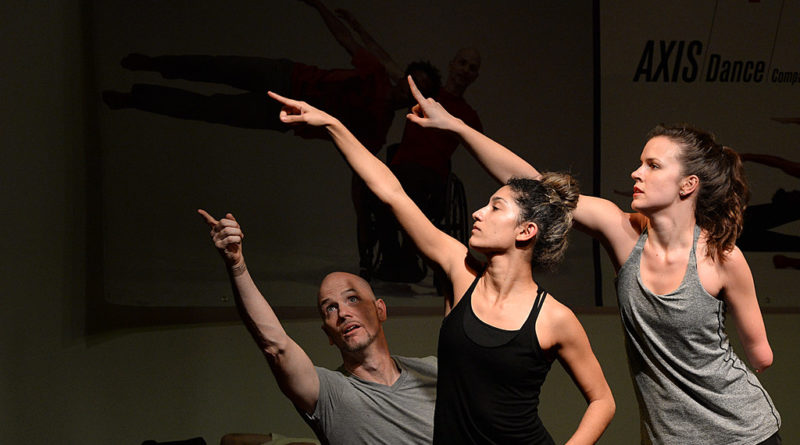Why dancing is healthy and lowers the risk of getting Alzheimer’s disease
Dancing to prevent Alzheimer’s disease and keep your mind fit? Sounds spacy but many studies have proven that dancing not only affects your physical health but also your mental health. Dancing protects your heart, strengthens your muscles, keeps you happy and stress-relieved and finally lowers the risk of dementia at an older age. But how is that possible? Is dance an unknown panacea and conversely may it be the cure for various health issues?
Dancing strengthens your whole body…
That dance is a sport which is physically challenging might be familiar to most people. But what a lot of people don’t know is that dancing also has medical benefits for your whole body: physically and mentally.

While dancing, the pulse goes up to 120 to 130 beats per minute. This is a perfect value to strengthen your cardiovascular system. We often don’t even perceive the movements as particularly exhausting because the music has a positive effect on our mood, heartbeat and immune system and lowers the blood pressure. The oxygen percentage in the blood goes up and the muscles are strengthened all over.
Dancing places a strain on the bones and more calcium is stored in them as a result. That calcium strengthens them, and the risk of osteoporosis is lowered. But this is not the only curing effect dance has on the human body. A study in Parkinson patients has shown that their trembling can be eased by dance therapy. The patients can practice certain movements which their body can’t execute automatically anymore because of their illness.
… and your mind
Are these benefits of dancing new to you? Well maybe the following facts are going to surprise you even more.
Dancing has positive effects on your mental well-being and lowers your stress level.

The Columbian researcher Cynthia Quiroga Murcia found out that the combination between movement and music helps you to get through depression and lowers your stress level. Measurements of the concentration of neurotransmitters in dancing couples have shown that the stress hormone cortisol is effectively reduced, and the body rather produces the love hormone oxytocin while dancing. But this isn’t all. Dancing activates the brain’s release of endorphins, which are the “happiness hormones”. What does that mean? Dancing makes you happy and often even lets you forget about any kind of pain you’re currently dealing with.
Dancing to prevent Alzheimer’s disease
According to a research executed by Stanford University, regular dancing lowers the probability of developing Alzheimer’s disease by 76 percent; Reading (35 percent) and solving crossword puzzles (47 percent) stay far behind. Playing golf or cycling (which are often rather popular amongst elderly people) don’t have any beneficial effects on preventing us from dementia at all. However, regular dancing can even stop the progression of the illness. But why? The explanation is simple: your whole body is challenged when it comes to dancing. It’s a complex cooperation of the body and the mind which requires full concentration and activates the brain cells. Dancing stimulates the production of new brain cells up to a high age. It even works as a precautionary measure against the loss of brain cells in the cerebral cortex, which are responsible for the human memory, intellectual power and language.

Dancing can also resuscitate structures in the brain which have not been activated in a long time. Due to these activity boosts, the brain cells can build new connections and the brain gets more effective in the long run. Learning different choreographies not only allows you to train your brain but also your balance and improvisation skills.
After having found out about all the benefits of dance, there is only one thing left to do: try it yourself- your body will thank you for it!
Antonia Siebert / S7DE / EEB1 Uccle
Images : Moje Menhardt / Pictures.net / flickr.com /




